I have successfully created content types for certain pages which I have in Drupal. I have also successfully created menus for those content types, so when a user is on a certain type, for instance, Blog Article, they are presented with a certain menu. The problem is when I few all the blog articles the menu is there, but when when I few the /blog page which shows all the blog entries, the content block is gone.
I've set it up so the block will only be shown with certain content types, but there doesn't seem to be a content type of blog module in general. Is there a way around this? It is the same for the forum page. It will show for forum topics, but not for the actual forum.
I hope I've made my self clear, as it is quite hard to explain.
